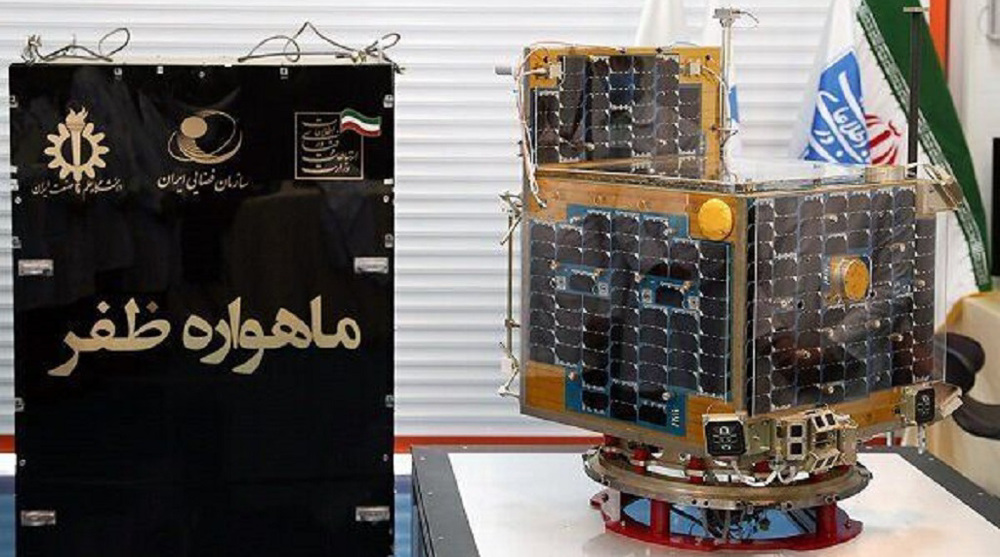Scientists make first-ever functioning human skeletal muscles from skin cells
Scientists have successfully created the first-ever functioning human skeletal muscles from skin-based induced pluripotent stem cells, a significant breakthrough that, among others, holds out the promise for better understanding and treating rare muscular diseases.
Biomedical engineers from Duke University in North Carolina managed to achieve this feat by reprogramming adult skin or blood cells into a juvenile and versatile state, technically called induced pluripotent stem cells (iPSCs), which in turn are capable of growing into any form of body cell or tissue, including skeletal muscle cells, by flooding them with a substance called Pax7.
The landmark research, whose results were published in the journal Nature on Tuesday, was in fact built upon a research by the same university in January 2015, when biomedical engineers managed to produce the first lab-grown contracting human skeletal muscle cells.
The latest research, however, has taken a significant step forward than the previous one in that it produced skeletal muscle cells from non-muscle tissue, such as skin or blood cells, whereas in 2015 scientists created the skeletal muscles out of cells obtained from muscle biopsies.
“Starting with pluripotent stem cells that are not muscle cells, but can become all existing cells in our body, allows us to grow an unlimited number of myogenic progenitor cells,” said Nenad Bursac, professor of biomedical engineering at Duke University, who was also involved in the 2015 research.
The newly-produced cells were then provided with structural support and due nourishment that allowed them to turn into functioning muscle cell, which was able to respond, with some success, to electrical pulses and biochemical signals after being implanted into adult mice, where it survived and functioned for at least three weeks, although it was “not as strong” as natural tissue, the research said.
“It's taken years of trial and error, making educated guesses and taking baby steps to finally produce functioning human muscle from pluripotent stem cells,” said Lingjun Rao, a postdoctoral researcher in Bursac's laboratory and first author of the study.
“What made the difference are our unique cell culture conditions and 3-D matrix, which allowed cells to grow and develop much faster and longer than the 2-D culture approaches that are more typically used,” he added.
Researchers hope that this most recent breakthrough would open the door to much more advanced applications, including cell therapies, drug discovery, and the ability to produce larger amounts of muscle, as well as deepening our own understanding of human biology.
Bursac further said that the prospect of studying rare diseases was especially exciting for researchers. “When a child's muscles are already withering away from something like Duchenne muscular dystrophy, it would not be ethical to take muscle samples from them and do further damage. But with this technique, we can just take a small sample of non-muscle tissue, like skin or blood, revert the obtained cells to a pluripotent state, and eventually grow an endless amount of functioning muscle fibers to test.”
VIDEO | Paris activists denounce 'climate sabotage' ten years after agreement
VIDEO | Immigrants protest stricter immigration rules in Quebec
Blood plasma therapy in Iran
Maccabi Tel Aviv fans chant hate, make Nazi gestures during football match
Israeli airstrikes hit southern Lebanon amid ongoing ceasefire violations
VIDEO | Fourteen Palestinians, including kids, die in Gaza amid freezing temperatures
Putin’s visit to India reinforces Moscow-Delhi ties amid US sanctions, pressures
Discover Iran: Ashuradeh, Iran's only Caspian Sea island and sanctuary for birds, wildlife











 This makes it easy to access the Press TV website
This makes it easy to access the Press TV website